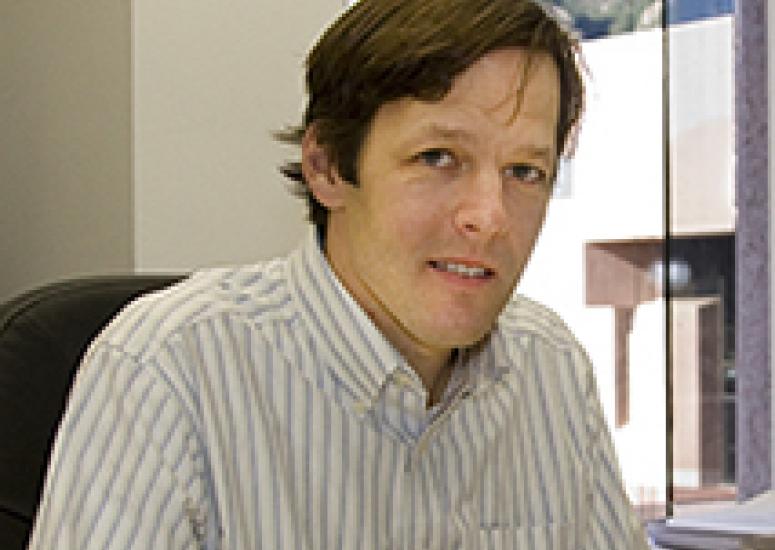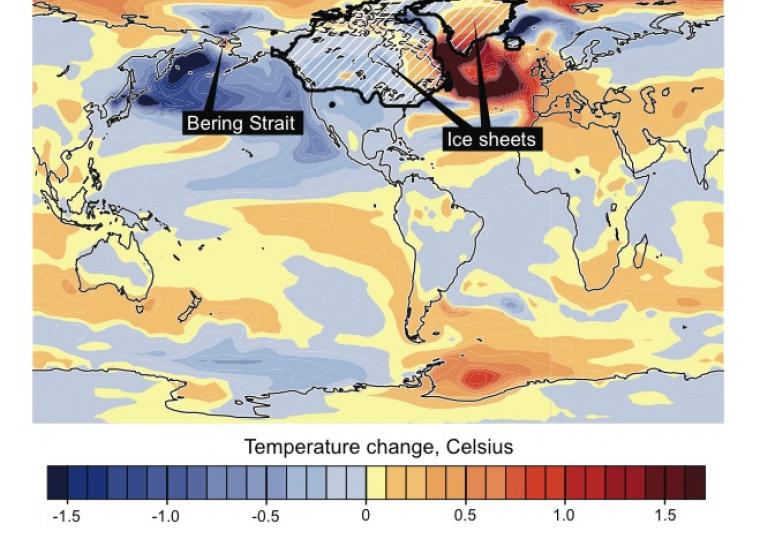-

Climate conditions in 2050 crucial to avoid harmful impacts in 2100
Policymakers should focus on what needs to be achieved in the next 40 years in order to keep long-term options viable for avoiding dangerous levels of warming, a new study concludes.
- Climate
-
A new model of the Sun’s open magnetic flux
The solar minimum that bottomed out from 2006 to 2010 was the longest and deepest since modern space observations began. Among other effects, it reorganized the areas of flux from open magnetic field lines that produce solar wind.
- Sun + Space Weather
-

Bering Strait influenced ice age climate patterns worldwide
In a vivid example of how a small geographic feature can have far-reaching impacts on climate, new research shows that water levels in the Bering Strait helped drive global climate patterns during ice age episodes dating back more than 100,000 years.
- Climate
